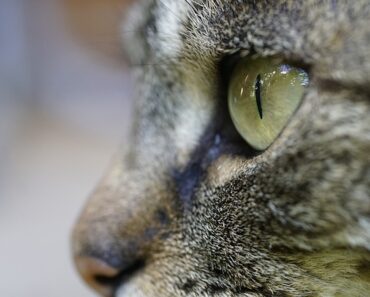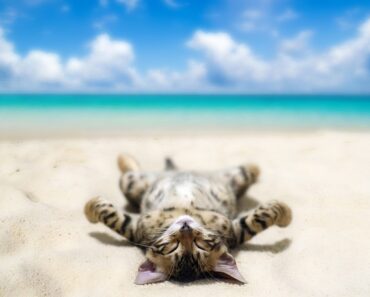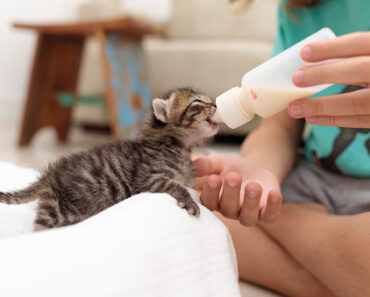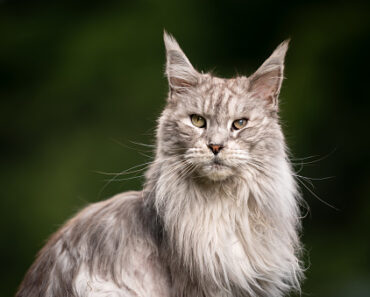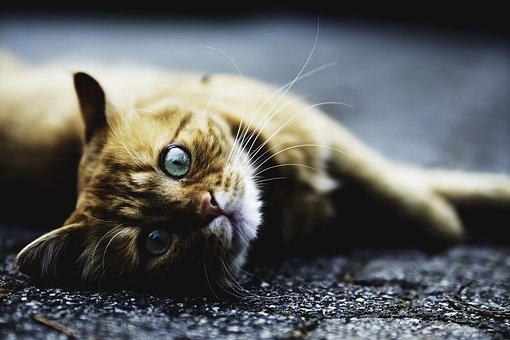
If your cat sheds a lot of hair, it could be a simple shedding or the harbinger of a health problem. How to spot an abnormal shedding? How to remedy it?
Moulting, a natural phenomenon in cats
Cats shed hair every day. Like our hair, their hair is renewed in cycles. Twice a year, there is an increase in the amount of hair loss: this is seasonal or shedding. In the fall, the summer hair is replaced by a fuller winter coat and in the spring, the volume of hair becomes lighter.
Animals living in cities and apartments are less affected by temperature variations and lose hair throughout the year. Some breeds of long-haired cats (Persians) shed hair regularly and experience a very impressive seasonal shedding.
Excessive hair loss, when should you worry?
If hair loss persists outside of the moulting periods
In addition to the fall, the hair is dull, rough, sparse. Dandruff appears. You will notice areas of hair loss that look like holes revealing naked skin. When you brush your cat, inspect the coat for any skin lesions.
If your cat is scratching or licking frantically
Hair loss can be a sign of many illnesses or a behavioural disorder. Don’t wait to consult your veterinarian. He will make a diagnosis and prescribe appropriate treatment.
Causes of heavy hair loss in cats
Intense itching leading to hair loss indicates the presence of parasites (fleas, scabies, and bumps).
Flea allergy dermatitis (DAPP) is very common in cats and can be responsible for significant hair loss.
Nutritional deficiencies due to a poor quality diet are detrimental to the quality of the hair (read: Cat food).
Giving birth to a cat is often accompanied by an increase in hair loss in a completely normal way.
A punctual stress, such as a veterinary consultation, can induce a punctual hair loss without consequences.
How should you react if your cat sheds?
Brush your pet regularly, especially breeds with a thick coat such as Persian (2 to 3 times a week) to remove dust, dirt and dead hairs accumulated in the fur. Brushing encourages hair regrowth by activating the skin’s blood circulation. During the moulting period, intensify coat care.
Choose a high-end diet. It will provide all the necessary nutrients, including essential fatty acids, to keep your cat’s coat dense, shiny and soft.
Treat him regularly with an anti-parasite. There are products (available from your veterinarian) that will protect your cat for three months. You can also try diatomaceous earth, a natural anti-parasite.
Be careful also with deficiencies linked to intestinal parasites: think of worming your cat regularly.

